Description
Amla also known as Indian Gooseberry, is a medium size deciduous plant that is indigenous to India. The small, gooseberry-like fruits have a very sour taste and are a part of the Indian diet because of their ability to nourish health. These small-but-mighty fruits are hand-collected in India either by climbing the tree or shaking the branches to catch the bounty.
Amla is one of the three fruits that are contained in Triphala. Amla is commonly known to contain vitamin C. Some sources even suggest that this fruit has one of the highest known concentrations of vitamin C in the plant kingdom—twenty times that of an orange.1 More importantly, the vitamin C naturally found within the amla fruit is stabilized by the presence of tannins, which help amla to maintain its vitamin content even through processing.
It grows to the height of 8 -18 meter. It has a crooked trunk and spreading branches. Its flower is yellow greenish in colour. The fruit is spherical pale yellow with six vertical furrows. The mature fruits are hard and do not fall for the gentle touch. amla-plantThe average weight of the fruit is 60 -70 g. It has a gray bark and reddish wood. Its leaves are feathery, linear oblong in shape and smell like lemon. Its wood is hard in texture. It wraps and splits when exposed in the Sun or in the excessive heat.
Occurrence and Chemical Constituents
- Hydrolysable Tannins
- Alkaloids
- Phenolic compounds
- Amino acids
- Carbohydrates
- Vitamins
- lavonoids
- Organic acids
Common Synonyms Of Amla
- Botanical Name : Phyllanthus emblica
- Sanskrit Name : Dhatri, amalaka
- Hindi Name : Aonla
- Tamil Name : Nelli
- Malayalam Name : Nelli, Nellikka
- Telugu Name : Usiri, Usirikaya
- Kannada Name : Betta nelli, Amalaka
- Gujarati Name : ambala
Classification
- Kingdom : Plantae
- Division : Flowering plant
- Class : Magnoliopsida
- Order : Malpighiales
- Family : Phyllanthaceae
- Tribe : Phyllantheae
- Subtribe : Fluegginae
- Genus : Phyllanthus
- Species: P. emblica
- Zoological name : Phyllanthus emblica
Habitat of Amla
Mixed forests. Drier forests. Dry open sparse forests or scrub, village groves at elevations of 200 – 2,300 metres in southern China.
Practical Uses Of Amla
Aloe vera has an excellent applications in enhancing your skin health. Here are some benefits of aloe vera:
- Improves Immunity: Amla benefits include antibacterial & astringent properties which help improve the body’s immunity system. Indian Gooseberry also increases white blood cells which help flush out the toxins from the body.
- Reduces Stress:Amla is a great stress reliever which helps induce sleep and relieve headaches.
- Treats Anemia:Amla is a rich source of iron, deficiency of which causes anemia.
- Blood Purifier:Amla acts as an active blood purifier when consumed with honey.
- Hair Care:Amla is used in a lot of shampoos and conditioners owing to its rich antioxidant & iron content. Indian Gooseberry contains high levels of Vitamin C which helps reduce hair fall. It also strengthens the roots & maintains hair color.
- Antibacterial properties of Amla helps fight dandruff.
- Eye Care:Amla is rich in carotene content which is well known for its powerful effect on vision-related conditions. Formulation made of Indian Gooseberry and Honey helps to improve eyesight, near-sightedness, and cataracts.
- Respiratory Health:Amla proves beneficial against respiratory disorders. It helps to reduce cough, tuberculosis, throat infections and flu.
- Diuretic:Amla is also diuretic in nature. It means that Indian Gooseberry helps increase the volume and frequency of urination which improves the elimination of toxins from the body. Know more on detoxification .
- Improve Digestion:Amla is rich in dietary fiber which helps improve the overall digestion process. Know more on how to improve digestion .
- Absorbs Calcium:Amla benefits also include absorbing calcium which is an essential element for teeth, bones & hair.
Parts Used
- Fruit
- Seed
- Leaves
- Root
- Bark and flowers
Effect on Doshas
Pacifies tridoshas.


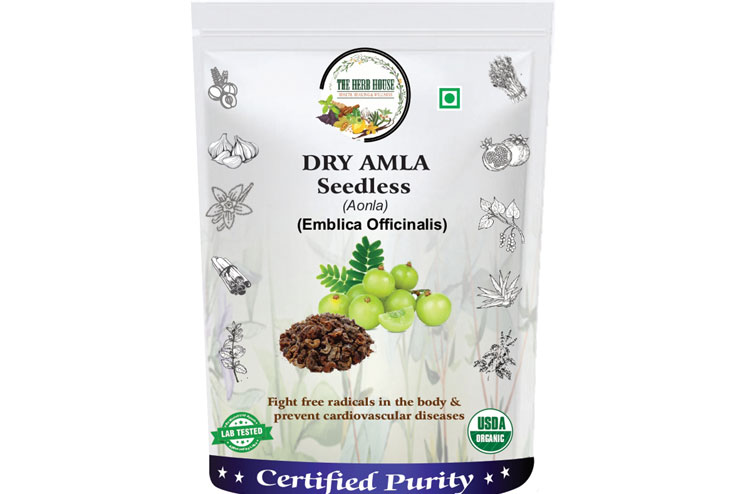
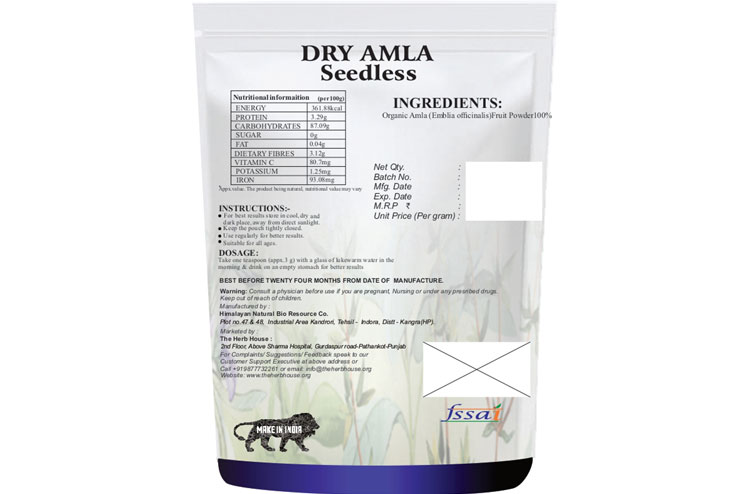
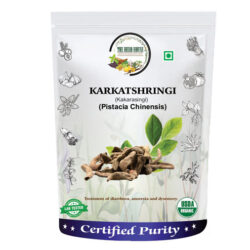
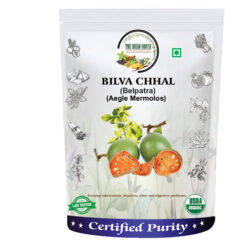
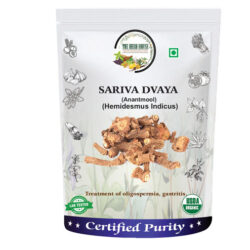
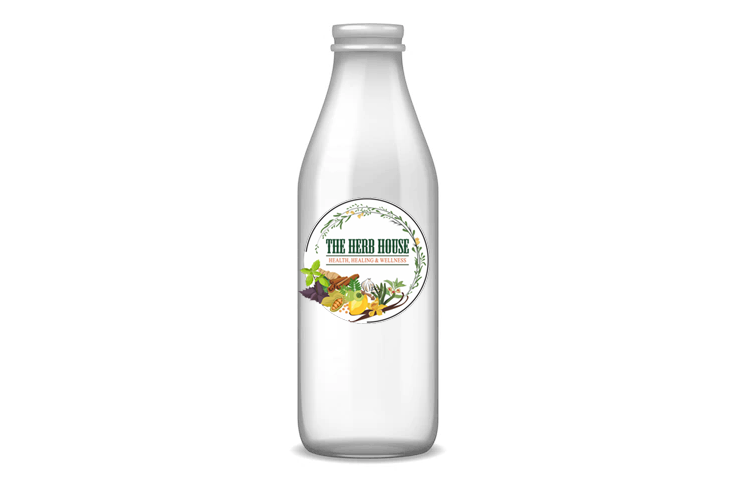
Reviews
There are no reviews yet.